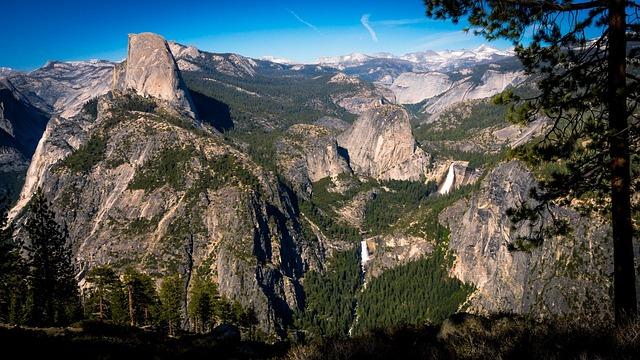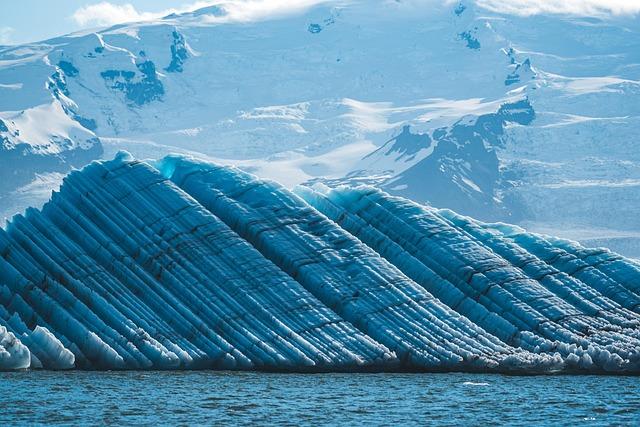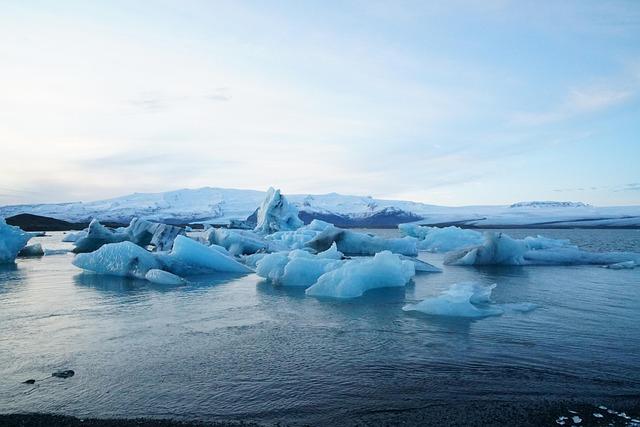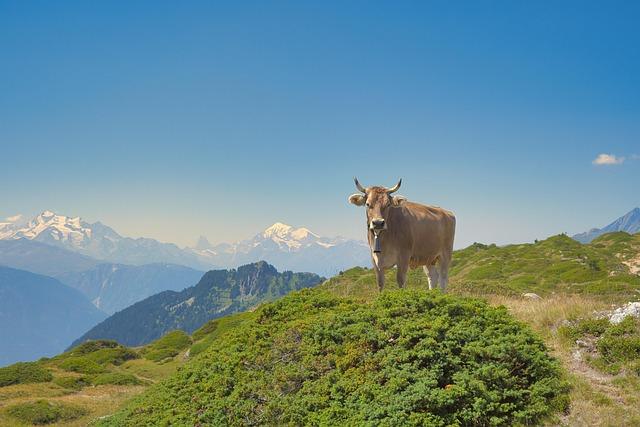- Introduction
- Current Status of Glaciers in the Sierra Nevada
- Causes Behind the Disappearance
- How Glacier Loss Affects the Environment
- Scientific Projections and Monitoring Efforts
- Conclusion
- FAQs
- References
Introduction
In the rugged peaks of the Sierra Nevada, once-persistent ice masses are rapidly retreating. Glaciers in this iconic mountain range, vital to local ecosystems and water supplies, are projected to disappear entirely by the end of the century. This article explores their current status, the climate factors driving their decline, the broader environmental impact of their disappearance, and the scientific projections that illuminate their future.
We’ll begin with an overview of today's glacier conditions in the Sierra Nevada, followed by an examination of human-induced factors like global warming. Next, we’ll look at how shrinking glaciers impact California’s water systems and biodiversity. Finally, we cover research findings and ongoing efforts to track and manage this climate phenomenon.
Current Status of Glaciers in the Sierra Nevada

(Image: Pixabay/@Pexels)
California’s Sierra Nevada region currently hosts around 122 glaciers, most of which are found in the high elevation zones of Yosemite, Sequoia, and Kings Canyon National Parks. However, many of these glaciers are rapidly thinning and retreating, with some scientists questioning whether they should still be classified as glaciers or merely “persistent ice patches.”
Historically, these glaciers formed during the Little Ice Age, which ended around 1850. Since then, temperatures in the region have steadily increased, resulting in consistent glacial mass loss. According to a study led by researchers at Portland State University, from 2015 to 2022 alone, notable glaciers such as the Lyell Glacier in Yosemite have lost over 80% of their ice mass.
Many of the remaining glaciers now show steep declines, disconnected ice bodies, and signs of misclassification. They no longer flow like traditional glaciers due to reduced volume and internal ice movement. These signs point to an imminent future where no year-round ice remains in the Sierra Nevada.
Causes Behind the Disappearance

(Image: Pixabay/@simcollc1)
The leading cause of glacier disappearance in the Sierra Nevada is global warming, which raises average temperatures and reduces snowfall. Warmer summers increase the rate of melting, while shorter, milder winters limit the opportunities for snow accumulation that could replenish glacial ice.
Another significant factor is altered precipitation patterns. The Sierra’s glaciers rely on both snow and rain for sustenance. With rising temperatures, more precipitation falls as rain instead of snow, which runs off quickly rather than contributing to ice formation. This disrupts the balance needed to sustain glaciers from year to year.
Local environmental changes also contribute to faster glacial loss. The decrease in snow albedo—how much solar energy is reflected by the snow—leads to more heat absorption and further accelerates melting. Wildfires, increasingly common in California, deposit dark particles on ice surfaces, further accelerating melt rates by reducing reflectivity.
How Glacier Loss Affects the Environment

(Image: Pixabay/@nicos_fotowelt)
The disappearance of Sierra glaciers will have profound consequences for both local ecosystems and human water resources. These glaciers function as natural water storage systems, slowly releasing water that feeds rivers and reservoirs during dry summer months. Their loss threatens water availability for millions of Californians, especially during drought conditions.
Wildlife in the Sierra Nevada may also be at risk. Many species and habitats have adapted to cold, nutrient-rich water supplied by glacial runoff. As glaciers disappear, these temperature-stabilized streams could warm, affecting fish populations such as the threatened Sierra Nevada yellow-legged frog and native trout species.
Furthermore, without glacial buffers, the region may become more susceptible to sudden flooding and erosion during rainstorms. These changes could reshape valley ecosystems, reduce biodiversity, and even impact recreational tourism in national parks known for their icy landscapes.
Scientific Projections and Monitoring Efforts

(Image: Pixabay/@Jorgeie009)
Recent studies paint a stark picture for the future of Sierra glaciers. Climate models suggest that if current warming trends continue unabated, nearly all glaciers in the Sierra Nevada could vanish by 2100. This prediction is especially concerning given how much glacial mass has already been lost over the past few decades.
Projects like the "Repeat Photography Project" and detailed mapping by the U.S. Geological Survey (USGS) have been crucial in visualizing the extent of glacial retreat. These efforts involve comparing old photographs and records with modern satellite images and drone footage, effectively documenting ice decline over time.
In addition to observational monitoring, scientists are now using sophisticated models to simulate glacier survival under various climate scenarios. These emphasize the urgent need for emissions reduction and mitigation strategies. While glacier restoration is currently implausible, understanding their decline could help water managers and policymakers plan for a less icy future.
Conclusion
The glaciers of the Sierra Nevada are vanishing at an alarming pace, driven primarily by human-induced climate change. Their disappearance will not only alter the visual landscape of this iconic mountain range but also pose serious threats to ecosystems, water supplies, and biodiversity across California. Scientific data underscores an urgent need for policies that address greenhouse gas emissions and promote environmental stewardship. While reversing glacier melt may not be possible, acknowledging and preparing for these daunting changes remains essential.
FAQs
Are there still glaciers in the Sierra Nevada today?
Yes, but their numbers and sizes are rapidly shrinking. Many formerly classified glaciers are now stagnant or reduced to ice patches.
What is causing glaciers to disappear in California?
The main causes are rising temperatures due to climate change, reduced snowfall, and increased melting from higher solar absorption and local factors like wildfire soot.
How will this affect California’s water resources?
Glaciers provide slow, sustained water release throughout dry seasons. Their loss could lead to water shortages and impact hydroelectric power and agriculture.
Can anything be done to save the glaciers in the Sierra Nevada?
While direct preservation is unlikely, reducing global greenhouse gas emissions may slow their decline. Protective policies and monitoring efforts also help manage the impacts.
How can I see a Sierra glacier before they vanish?
Popular sites like Yosemite National Park still offer views of what remains of the Lyell and Maclure Glaciers. Visiting soon is advised, especially with low snow years becoming more common.

